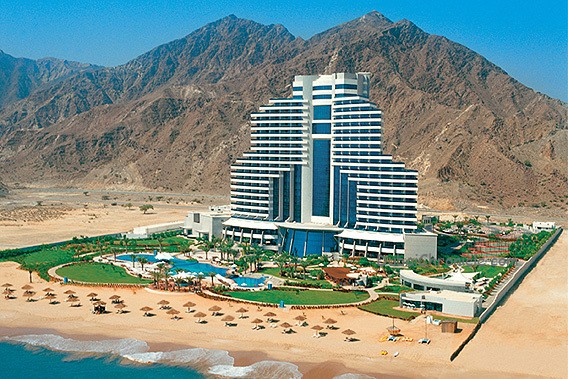New super storm called Hurricane Sandy hit the East Coast of the United States this Monday. Many towns and cities were flooded and millions of people were left without power.
Tuesday, Sandy was classified a post-tropical cyclone by expert meteorologists. They explain that Sandy lost some characteristics of a tropical storm due to its collision with the cold arctic air. That collision is one of the main factors which created the unusually large and dangerous storm system.
Hurricane Sandy has almost the same level of impact and power of destruction as Irene. Last year, Irene knocked out the power supply to more than 9.3 million customers along the East Coast and in Puerto Rico – about 6 million in 13 East Coast states.
But there is another difference between Sandy and Irene. Sandy’s impact was more concentrated. As a result the most damage was done in fewer, but more heavily populated states. Eight states were damaged from the hurricane: New Jersey, New York, Pennsylvania, Connecticut, Maryland, Massachusetts, Ohio, and West Virginia.
Leading economists claim that the massive flooding of hurricane Sandy resembles more the Katrina hurricane than Irene. Katrina was the nation’s most expensive natural disaster. Its cost is estimated about $41 billion in property damage, according to an insurance company report.
By now the death toll climbed up to at least 40 people from seven states. All of them died as a result of the storm, the Associated Press reported. President Obama declared a major disaster in New York and New Jersey.
One of the major problems ahead would be the restoration of power in New York. It is clear that it will be extremely hard and long process. The city is filled with blown transformers, waterlogged subways, and flooded underground utilities. Repairs may go more slowly than expected, despite the high level of preparation by utility companies.
The US Nuclear Regulatory Commission reported that three nuclear power plants in the northeastern United States had to shut down as a result of effects from hurricane Sandy.
The storm cut power to about 7.5 million homes. About 70 percent of East Coast oil refineries were shut down. But the most damage was inflicted to the New York metro area. Together these areas bring about 10 percent of U.S. economic output.
Another big problem would be an issue in many insurance clauses. Most homeowners who suffered losses from flooding won’t be able to gain benefit from their insurance policies. Standard homeowner policies don’t cover flood damage, and only few prudent homeowners have flood insurance.
IHS Global Insight – leading forecasting firm estimates that the superstorm Sandy will bring up about $20 billion in property damages and $10 billion to $30 billion more in lost business.
It is almost certain that Sandy will be in the list of the top 10 hurricanes which cost the most to the U.S. throughout its history. But still it would be far down the list that the Katrina Hurricane which struck in 2005 and cost about $108 billion.
What caused the unusual storm is important and how we can prevent future disasters.
Kevin Trenberth – head of the climate analysis section of the National Center for Atmospheric Research explains that an unusual trinity of weather factors led to the creation of Hurricane Sandy, the gigantic storm causing so much trouble in the Mid-Atlantic States these days. What scientists are still arguing about is how much climate change influenced this storm in particular.
Trenberth says “With warmer ocean surfaces comes warmer air above the oceans, With warmer temperatures, this ocean air now holds about 4 percent more moisture than it did in the 1970s. “
Other devastating problem would be the water pollution. Raw sewage, industrial chemicals and floating debris filled flooded waterways around New York City on Tuesday. This may lead massive water contamination and many epidemic deceases along with it. The toxic stew mixed by the hurricane Sandy may threaten the health of residents already dealing with more direct damages from the disaster
This hurricane wasn’t the first and it won’t be the last. A preventive measures should be put in place in order to minimize future loss of innocent lives and billions of dollars in the event of another superstorm.



































